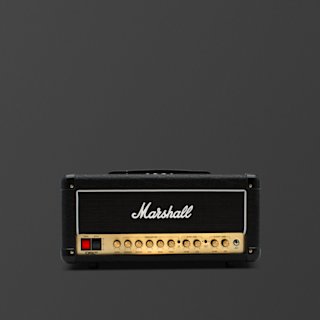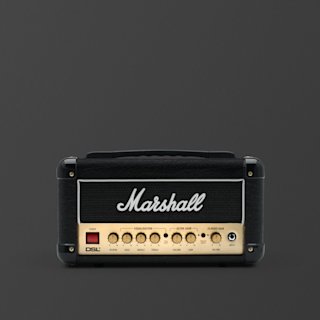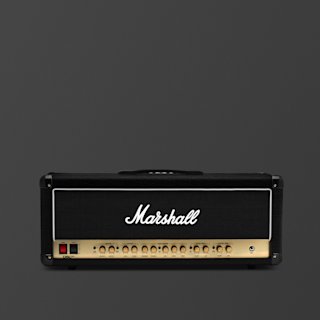DSL
Release your alter ego
Delivering legendary all-valve Marshall tone, from shimmering cleans to punchy distorted overdrive, the DSL series allows you to easily flex the sound to your playing style. The DSL offers a diverse range of features across the entire series including power reduction, studio quality reverb and two channels that can be controlled via a footswitch. These features combined mean that no matter your environment, you can experiment and release your alter ego.
10 items









